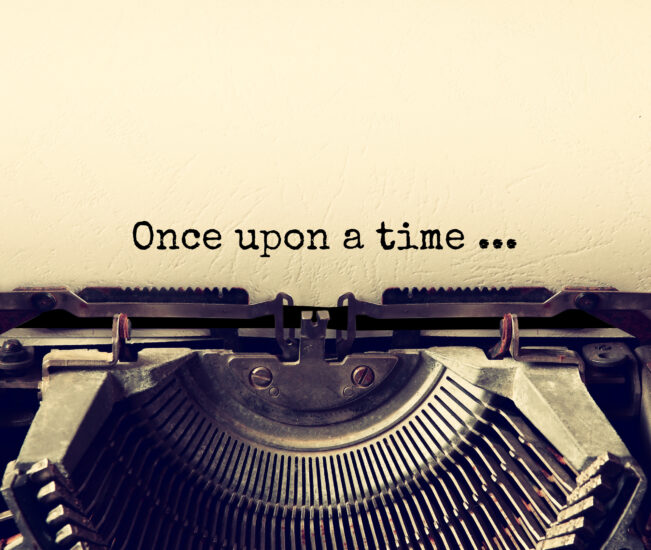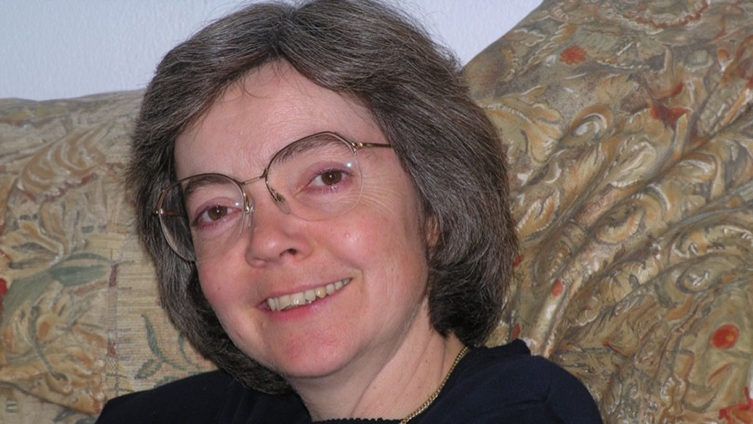
Earlier this year, we asked our followers on Twitter to suggest questions for our interview with “The Dales Detective Series” author Julia Chapman.
We were delighted with the response!
Here’s what Julia had to say . . .
Could you tell us a bit about the plot of your new novel, “Date With Danger”?
“Date with Danger” starts with a fatal accident in Bruncliffe’s livestock auction mart.
Suspecting the death of his colleague might not have been that accidental after all, auctioneer Harry Furness calls in Samson O’Brien and Delilah Metcalfe from the Dales Detective Agency to investigate.
It’s a fast-paced novel with twists and turns all set in the stunning Yorkshire Dales countryside. And it was a joy to write and research, involving multiple trips to the local mart to watch sheep being bought and sold!
Have you always written stories? When did you decide to first sit down and tackle a novel?
I was raised in a house that had a lot of books. And in a family that valued the art of telling stories. So making the step to writing was a natural one for me.
I kept my writing secret though.
Then, in my thirties, my husband got transferred to the US with his job. Under the visa restrictions at the time, I was not allowed to work while we lived there. So I suddenly had time on my hands and no excuses.
I started writing a novel and the rest, as they say, is history! That said, it took me a long time to pick up the courage to try and get published.
This is the fifth novel in this series. How do you find writing a number of novels with recurring characters differs from writing a standalone story? Do you have much more to keep in mind?
I always compare it to juggling!
With a series, you have so many balls in the air from previous books, that you really have to have your wits about you.
But on the plus side, with each subsequent novel in a series the time spent developing characters and locations is reduced as they are already there in your head. Or on paper . . .
In order to make sure I keep all the facts straight, I make notes on index cards. I don’t think Ida Capstick (Delilah’s formidable cleaner) would ever forgive me if I got her age wrong!
Why did you choose to set your novels in a fictional town? How did you research/plan Bruncliffe? Is it based on a real place?
Bruncliffe is loosely based on the Dales town of Settle.
The geography and geology of the surrounding area are the same. And once outside the town, the locations are real with mentions of Skipton, Horton-in-Ribblesdale and the Ribblehead Viaduct.
But the town itself is my own creation. So, why did I fictionalise it?
For a start, it means I can be more flexible in terms of what I choose to have in the town and also in terms of the layout, without someone pulling me up for factual inaccuracies!
Secondly, it’s simply more interesting for me as an author to have the option to create locations like Peaks Patisserie (a cafe that sells amazing cakes!) and The Fleece (a no-frills pub run by a curmudgeonly landlord).
I’m also hoping it means I will never be sued for libel 😊.
These novels are often described as “cosy crime”. What do you think of that definition? Do you think it’s important to have an outlet for crime/mystery stories without the more graphic aspects usually found in the genre?
Given the feedback I get, I think there are a lot of people out there who want to read well-structured crime novels without being confronted with lots of gore!
But that said, rather than “cosy crime”, I tend to use my own description of “crime without the grime” . . .
Partly because I think the “cosy” label can suggest a flippancy that I don’t feel is reflected in my “Dales Detective” Series. While I try to stay on the lighter side of life in these novels, there is a genuine heart to them that reflects real life in a rural community.
Aspects like the lack of employment for the young, the cost of housing for locals in a scenic location that attracts second-home owners, and events like the foot-and-mouth crisis of 2001 that crippled the area, and still casts a long shadow over people’s lives.
While the tone might be gentle, the content isn’t trivial.
You are quite a prolific author. What is your writing routine?
I aim to produce a book a year, and am happy to say that “Date With Danger” is my tenth published book in as many years — something to celebrate but just a shame the pubs were already in lockdown when it was published!
I try to follows office hours with my writing, but depending on where I am in the work in progress, and also my publishing cycle, that can be thrown a bit.
For instance, at the outset of a novel I spend quite a bit of time away from my desk, doing research and plotting rather than writing. Then, as the book really starts hitting its stride, I’m at my desk for longer periods and often work seven days a week as the words pour out.
Throw in publication and you have book signings, radio interviews and lovely Q&As to answer so writing time is reduced.
Who are your favourite authors, and what are you reading at the moment?
I’ve got very eclectic taste when it comes to reading!
I love Barbara Kingsolver and Sarah Dunant. I’m also partial to Jane Harper, whose Australian crime novels are so atmospheric.
I read a lot in translation, too. Especially Japanese and French authors, probably because I lived in both countries for a while.
At the moment I’m reading a book about gamekeeping (for research — I can’t say any more or I’d have to kill you 😉), but the last novel I read that really stayed with me was “A Gentleman In Moscow” by Amor Towles. I really loved that book.
Do you have any advice for contributors to “The People’s Friend” who want to delve into the cosy crime genre?
This probably applies across the board to all writers, as my advice would be to make sure you are comfortable with whatever you are trying to write.
Don’t try to write to a genre, just write what suits your style.
I’m saying this because I don’t think I ever consciously aimed to produce “cosy” crime. I simply wanted to write crime and felt the lighter tone suited the setting I had chosen.
You also write a separate series of novels under the name Julia Stagg. Why did you choose to use a pen name? How important is it to have a separation between the two series?
My first series as Julia Stagg (my real name, by the way) was “Fogas Chronicles”, which followed the lives, loves and machinations of a small community in the French Pyrenees.
While there were some criminal aspects to it (it focuses on local politics . . .!), the series was really more general fiction.
And so when I decided to try my hand at crime, I decided that it might be better to have a separate name, simply so fans of the first series wouldn’t be caught unawares by the change of genre.
It took me a while to get used to the new name, I can tell you!
Is Tolpuddle based on a real dog (and was that dog a Weimaraner?)
No, Tolpuddle is my own creation.
He’s a Weimaraner simply because I researched which dog breed would make the best fell-running companion for Delilah!
The only trait he’s inherited from a real dog is his habit of leaning against the legs of the people he loves.
My sister had a New Zealand Huntaway on her sheep farm who used to do this, and I never knew whether he was giving or getting affection but it was a lovely characteristic.
And he was a lovely dog. So I stole it for Tolpuddle!
Also, are there any plans for a TV series?
There is currently a TV series in production in France. They’ve gone crazy for the series over there!
And there is definitely interest over here . . .
Perhaps “The People’s Friend” readers could suggest which actors would make the best Samson and Delilah!
Click here to read some book reviews from the “Friend” team.
Click here for more from “The Dales Detective Series” author Julia Chapman.




